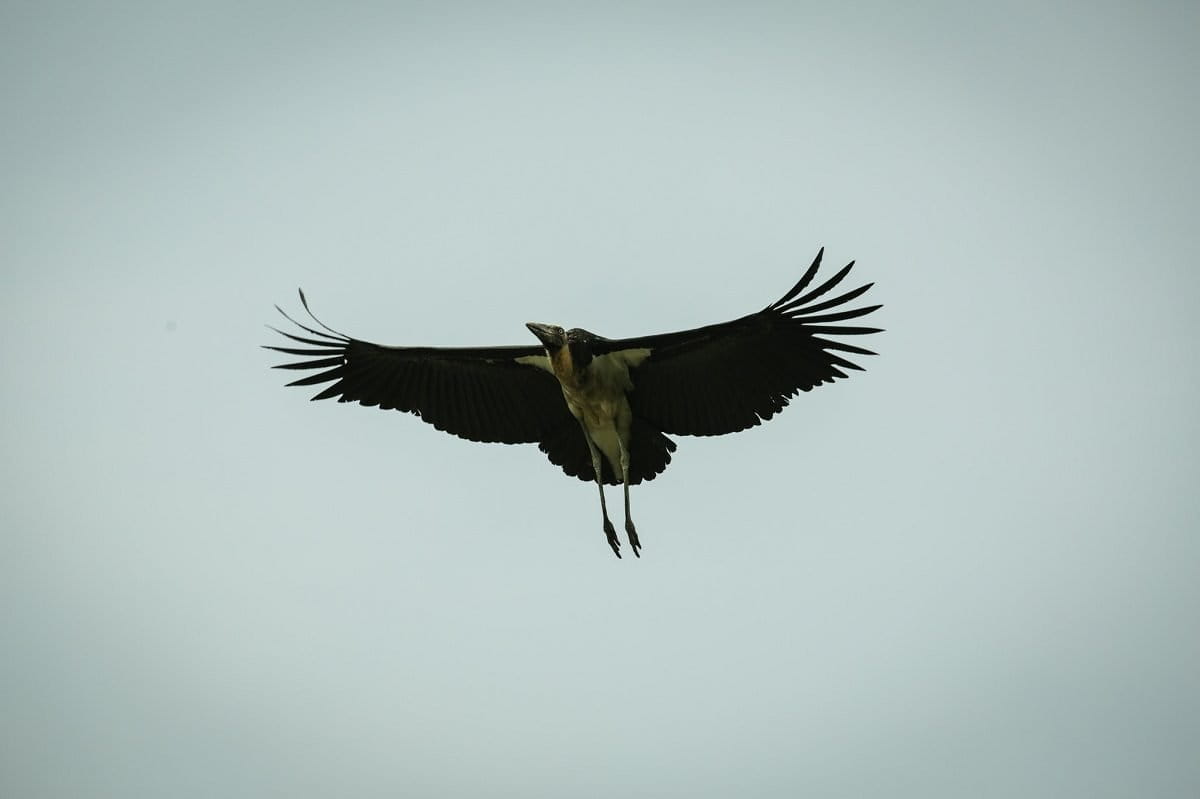- A new study examines the impact of agricultural expansion on an important shorebird habitat in North Sumatra.
- Mangrove cover in the Indonesian province has dropped 85 percent in the last 14 years.
- The study’s authors want the government to issue a regulation to protect shorebirds specifically.
MEDAN, Indonesia — A key stopover site for migratory shorebirds in western Indonesia is imperilled as the area’s mangrove forests are exponentially developed for human land use, according to research published in HAYATI Journal of Biosciences last month.
The authors conducted a field observation from Oct. 2014 until Apr. 2015, a typical full migration season, on the eastern coastline of Deli Serdang district, North Sumatra province, home to at least eight habitat types for migratory shorebirds, including mangrove forests, marshes and agricultural lands.
The study cited a 2001 report on Sumatra’s importance to migratory shorebird populations in the East Asian–Australasian Flyway, which helps usher dozens of bird species on their travels through 22 countries.
The researchers — all from Indonesia’s prominent Bogor Agricultural University — recorded 30 species in seven different natural domains in the region, with wetlands holding the highest population of shorebirds, such as mudflat habitat with 10,687 individuals. In comparison, spots that are closer to human activities had the lowest number with less than 100 birds.
“[However], the majority of habitats have been converted into oil palm plantations, rice fields and aquaculture,” the report read, noting that mangrove coverage in North Sumatra has plummeted 85 percent to about 31,885 hectares over the course of 14 years.
The destruction of the area’s mangrove forests is only intensifying, while the number of migratory shorebirds flying in to Deli Serdang is declining in parallel, according to Chairunas Adha Putra, one of the researchers.
“Loss of the protective mangrove buffer zone causes environmental changes in mudflat habitats, which threaten shorebird feeding and roosting areas,” according to the report.

Indonesia is estimated to receive 270 species of migratory birds, according to BirdLife International. Eight of those are endangered — including Barau’s petrel (Pterodroma baraui) and the Far Eastern curlew (Numenius madagascariensis) — and one, the Chinese crested tern (Thalasseus bernsteini), is critically endangered.
The authors said their research was aimed to identify habitat and distribution of migratory birds and the use of these zones. But ultimately, they called on the government to use their findings as a conservation tool to build better informed strategies for the avian species.
“Research is highly needed to identify if there’s been a change to the migratory birds population, and then we can make a regulation to protect the species,” Putra said in May.
Indonesia, Putra said, is among countries that have yet to issue a specific regulation to conserve migratory birds, although some species are protected by a 1999 regulation on flora and fauna preservation.
A similar situation is reflected at the global stage. A 2015 study showed that only 9 percent of the 1,451 migratory bird species are sufficiently protected across their long annual migratory flyways.
“The authors’ conclusion that more than nine-tenths of all migratory species are missing key habitats needed for their annual movements is flat-out scary,” said William Laurance, an ecologist at James Cook University in Australia who was not involved in the study.
“It underscores a dimension of the modern biodiversity crisis that too few of us have appreciated adequately.”
Banner image: A bird flies above a mangrove swamp on North Sumatra’s eastern coast. Photo by Mokhamad Edliadi/CIFOR via Flickr.
This story was reported by Mongabay’s Indonesia team and was first published on our Indonesian site on Feb. 10, 2017.
FEEDBACK: Use this form to send a message to the author of this post. If you want to post a public comment, you can do that at the bottom of the page.
